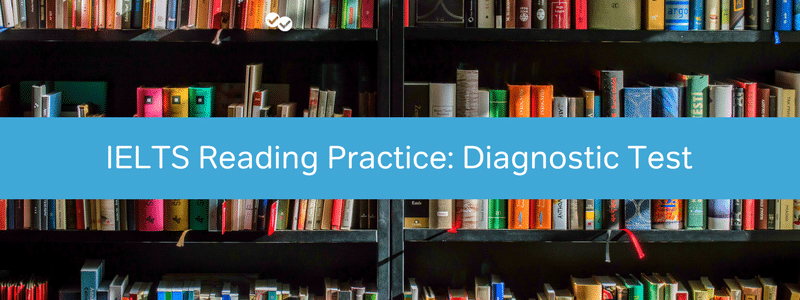In the task of identifying writers’ views, you will be given several statements and be asked to decide whether they match the writer’s views. This task assesses your English reading ability to skim for details and identify opinion or attitude. The most important thing is that every answer should be based on the articles and never try to guess based on your own opinions. Here are some tips and examples of how to identify writers’ views in IELTS reading!
Tips for Identifying Writers’ Views
I recommend the following steps to finish the task.
Step 1: Read all the statements before reading the article.
Step 2: Read the first statement carefully and skim for detailed information in the article. It will be easier to find the related information by looking for the numbers, places, names or bold text in that statement. Also, check out how to skim in IELTS Reading to help you with the task!
Step 3: Choose your answer based on the information in the article. Choose YES if the statement matches the writer’s view. Choose NO if the statement contradicts the writer. Choose NOT GIVEN if the writer’s view is not found.
Examples of Identifying Writers’ Views
Check out the practice task for identifying writers’ views. Below is the explanation for the answers.
- Thirty per cent of deaths in the United States are caused by smoking-related diseases.
Related information can be found at the end of the second paragraph. Smoking, it is believed, is responsible for 30 per cent of all deaths from cancer and clearly represents the most important preventable cause of cancer in countries like the United States today. From this text, we can know that 30 percent of deaths from cancer are caused by smoking. The statement doesn’t match the writer’s claim because it includes deaths from other reasons. Therefore, the answer is NO.
- If one partner in a marriage smokes, the other is likely to take up smoking.
The first sentence in the fourth paragraph contains information about one partner in a marriage smokes and indicates that the other one in that marriage will have a higher risk of death from heart disease. However, the writer didn’t mention anything about the possibility of taking up smoking. Therefore, the answer is NOT GIVEN.
- Teenagers whose parents smoke are at risk of getting lung cancer at some time during their lives.
Though there is no direct information about this statement, the answer is still in the article. Leaving aside the philosophical question of whether anyone should have to breathe someone else’s cigarette smoke, the report suggests that the smoke experienced by many people in their daily lives is enough to produce substantial adverse effects on a person’s heart and lungs. We can infer from the end of the fifth paragraph that teenagers whose parents smoke have the possibility to get lung cancer because of the substantial adverse effects of passive smoking. Therefore, the answer is YES.
- Opponents of smoking financed the UCSF study
The writer didn’t mention who financed the UCSF study at all, so the answer is NOT GIVEN.
In a word, it is not hard to identify writers’ views if you locate information accurately and read carefully. Check out more practice tests and go for it! (And for a look at every aspect of the Reading section, be sure to look through Magoosh’s Complete Guide to IELTS Reading!






Leave a Reply